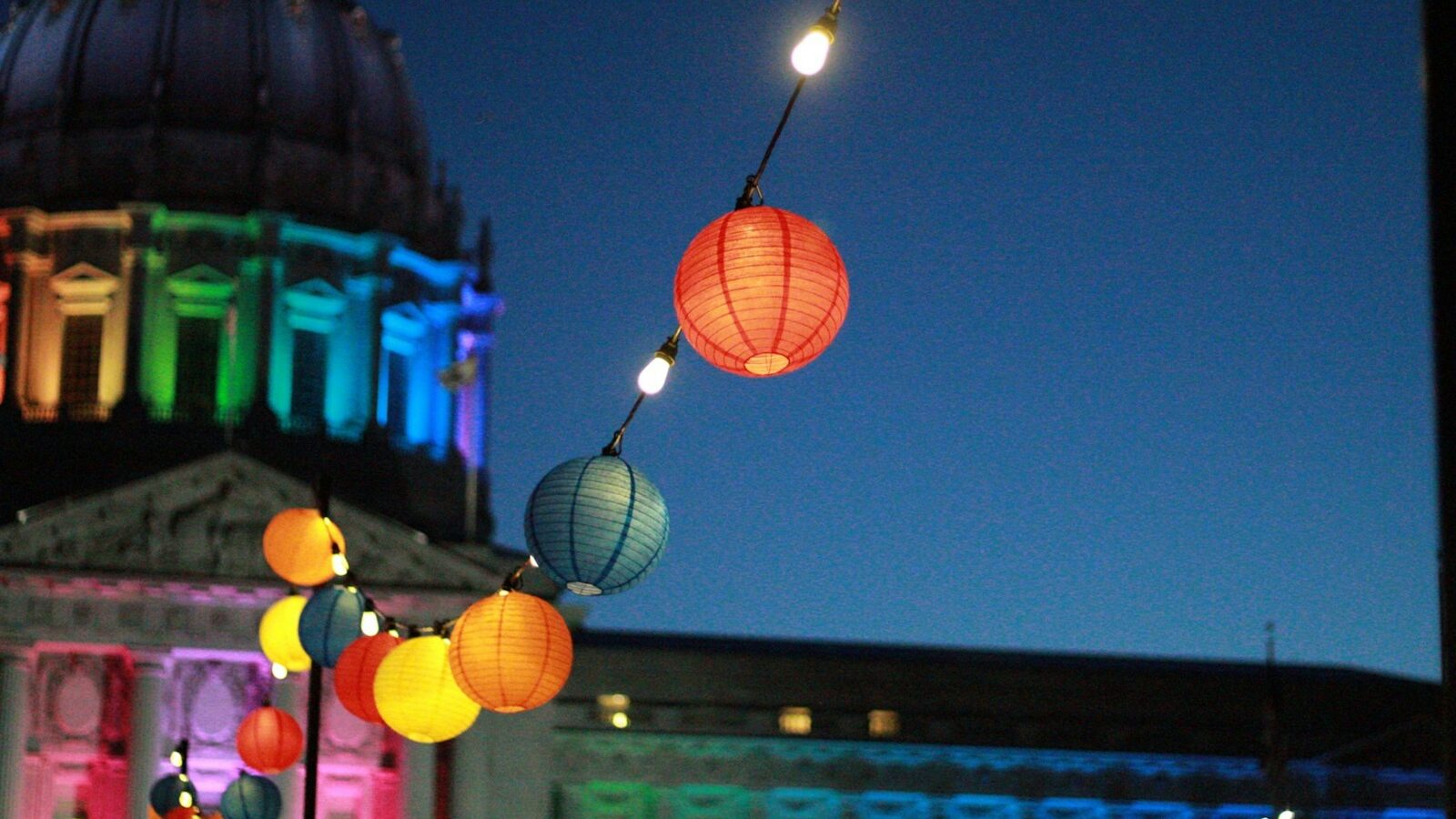Diversity, equity and inclusion (DEI) fatigue is on the rise, according to the leaders I’m talking to. We should therefore ask ourselves: what does DEI fatigue look like in our organisation? Where does it happen and how could it happen to us? What could the consequences be on our business and how can we avoid it?
Let’s be clear though. The solution to DEI fatigue is not to halt your efforts and investment in this area. When DEI is integrated properly into a business it is integral to future-proofing it.
What do we mean by DEI fatigue within an organisational context?
DEI fatigue involves exhaustion and stress within a workforce relating to attempts to increase diversity, equity and inclusion. DEI fatigue can manifest in employees being less willing to participate in DEI initiatives, which reduces their impact and increases tension within the workplace.
We work with organisations like HSBC, Ashurst, BCLP and DLA Piper and from our perspective these organisations approach DEI healthily and innovatively. However, a senior leader in a large firm, none of those above, told me recently that DEI is overcorrected in many firms including their own, causing DEI fatigue.
The over-correction manifests itself in businesses only focusing on a narrow part of DEI: visible diversity (window dressing). This means neurodiversity, physical disability, social mobility and age are often sidelined.
Another leader spoke to me about the impact DEI is having on her hiring processes. She found herself hiring the third best candidate for the role because that person fits the DEI specifications. She says this sets up diverse talent for failure.
We need to applaud companies for trying to hire with DEI in mind and stop telling off those who attempt to make a change but don’t get it right.
What causes DEI fatigue?
Whilst DEI is not new, the importance of implementing it into business practice has undeniably, and gratefully, ramped up. With the value of DEI now widely recognised, businesses feel the pressure to act. This has led to an uncomfortable time for businesses that realise they are not diverse or inclusive enough, and have no idea how to be.
These same businesses may also realise that peer and client pressure to implement DEI initiatives could impact the profitability and reputation of their organisations. As a result, they may set about over-correcting their non-existent DEI values, which shows a willingness but in many cases becomes a quick-fix tick-box exercise due to a lack of experience. Essentially, these firms do too much too quickly in the DEI space. The same tick-box approach is seen in DEI training and development.
This has led to DEI fatigue – the opposite effect of what was intended.
How do we get diverse hiring right?
Organisations need to align their diversity, equity and inclusivity values with their company culture. If we implement a DEI strategy into a toxic culture, it will fail. With leadership blinkered to this and superficial compliance happening in businesses, it is no surprise that we are seeing DEI fatigue.
Forward-thinking organisations are moving beyond the data. They are inundated with data and now want to see solutions and a clear way forward.
We need to applaud companies for trying to hire with DEI in mind and stop telling off those who attempt to make a change but don’t get it right. Instead, we need to offer support and positivity surrounding the future of DEI.
The hiring process needs to change, too. We shouldn’t dismiss people for a role because we don’t see them in the pub after work or on the golf course. Leaders need to widen their circle and create a more diverse talent pool to choose from when making a hire.
Out with traditional recruitment
Organisations need to avoid crowbarring DEI into the traditional hiring process. Building networks differently is key. This should involve leaders bBlocking out time each month to focus on remote networking in talent pools. We know that many people can’t make traditional networking events and times due to family, religious and other commitments. This means that a huge chunk of talent is hidden.
Finding and connecting with talent will move DEI forward and stop the fatigue.






